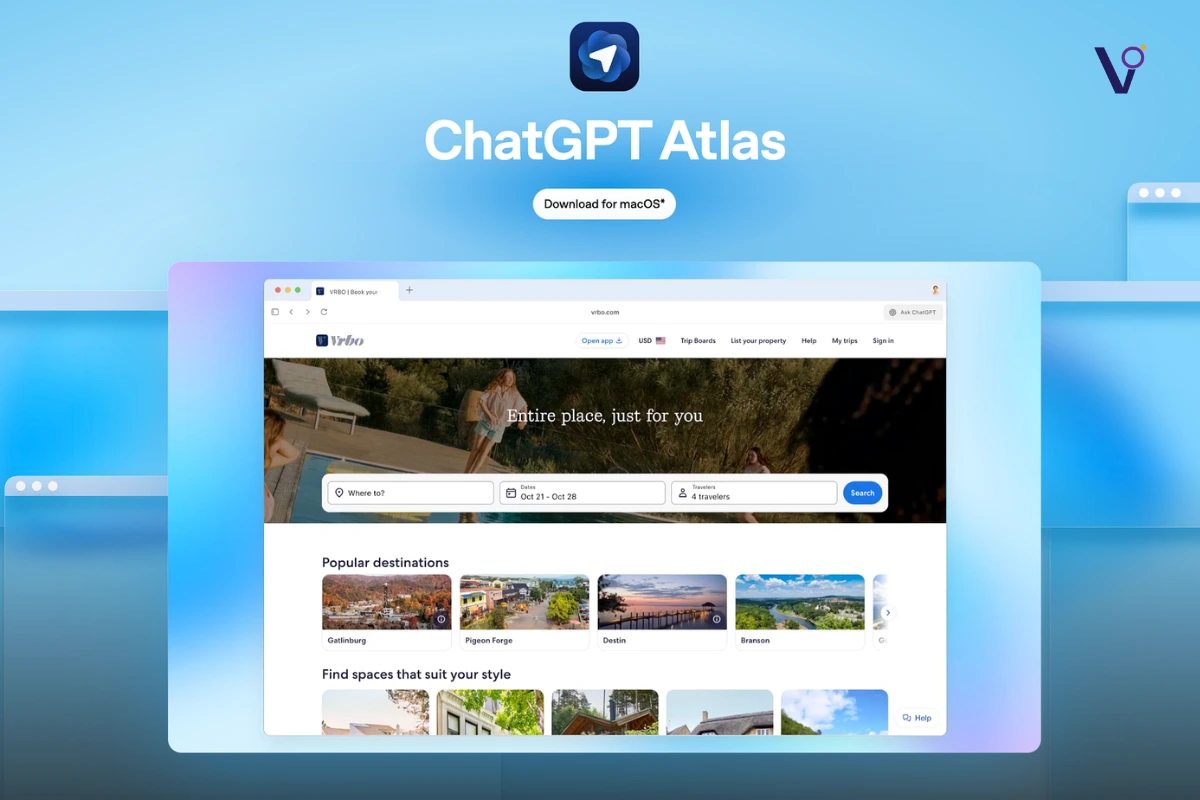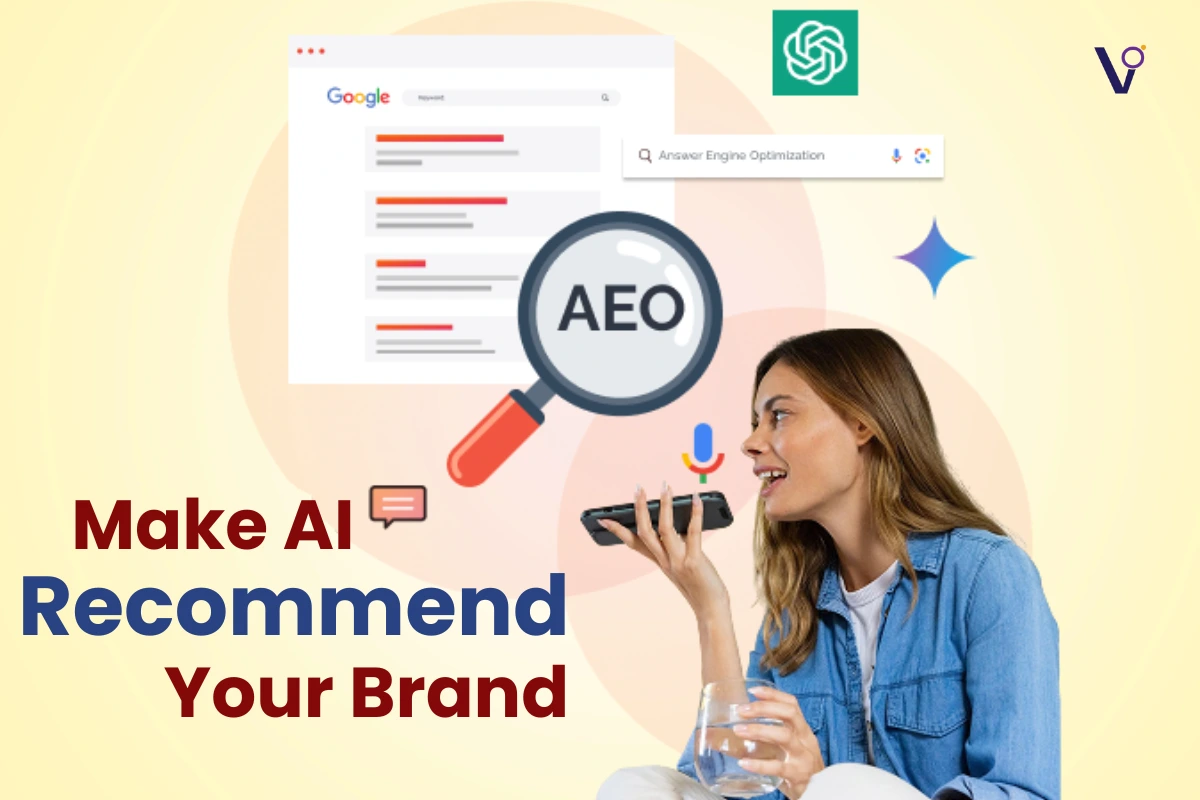How do you build an audience that buys the products and services you sell? This isn’t just about racking up views. This is the million-dollar content question. All those fast-growing companies you admire? They’ve cracked this code.
The Real Difference: Viewers vs Buyers
If you want to build an audience that buys, there’s a super specific approach you need to follow. Here’s the triangle: pain point, solution, trust. You need all three to come across in your videos, either directly or indirectly. Viewers might be interested in the topic, but buyers have the pain that needs solving. If you make videos on topics that get a lot of views, but those viewers don’t have the pain, all those views are just empty calories—empty sets of eyes watching to be entertained.
Viewer vs Buyer
- Viewers = interested in the idea.
- Buyers = need a solution for their pain.
- Content must hit pain point, solution, and trust.
- Empty views = empty calories.
The Three Essentials for Buyer-Focused Content
To make content that hits pain point, solution, and trust, you have to define a few things before you start making videos. Here’s where we’re going:
- Define the buyer. Who is the buyer?
- What is the task or workflow they’re trying to accomplish?
- What are the most painful or highest friction pain points in that workflow?
- What is the baseline or common approach that buyer is using today to try to solve those pain points?
- What do you know that is less common or non-obvious about solving those pain points that would help them do it better, faster, or cheaper?
The last two pieces are where all the gold is. The distance between their current solution and your new, easier solution is why buyers stick and buy. Remember: pain point, solution, trust. That’s the underlying framework that drives the audience that buys from you.
The Formula at a High Level
The formula for building an audience that buys is simple:
- Understand what the buyer’s pain points are.
- Present fresh, lesser-known solutions that help them overcome challenges more quickly, efficiently, or effectively.
- Do that consistently for a long period.
If you can train a viewer that seeing your face or name equals value in solving their pain point, it creates a Pavlovian trigger in their subconscious. They’ll associate trust with you and want to buy your stuff.
The 6-Step Process
Here’s the tactical, step-by-step roadmap for building an audience of buyers.
Step 1: Defining the Buyer

You need to deeply understand who the buyer is before you do anything else.
- Demographics
- Psychographics
- Background
- Interests
- Where they hang out
- What mission, objective, or workflow are they trying to solve where they have pain points today?
If you don’t have a product or service yet, start by building the audience of buyers. Pick a buyer profile you know a ton about, you were yourself, or you want to immerse yourself in over the next few years. You’ll be talking about these problems and pain points for a long time, so pick a buyer profile you want to study and immerse in.
Step 2: Buyer Journey Mapping
Figure out the end-to-end process or workflow they’re going through today to accomplish their mission. Define it as granularly as possible, step by step. In each step, identify friction areas or pain points—blockers, frustrations, things that are slow, hard, or complex.
- What’s the workflow?
- Where are the pain points?
- What’s hard, slow, expensive that you can make fast, easy, better?
If you’re not in the buyer avatar yourself, you have to interview a ton of buyers. It’s easier if you’ve lived the journey yourself. That’s why so many people teach their former craft—they know the pain points intimately. If you haven’t lived it, immerse yourself in the community to get that depth.
Step 3: Pain Point Baseline Identification
Pick one pain point in the workflow to start with—ideally, one with max pain and friction. Figure out the baseline solve. What’s the buyer doing today to try to solve this pain but still having friction? For example, script writing for business owners: today, it might take hours, you don’t know how to write a hook, you’re copying templates but don’t know why they work, it’s a guessing game. That’s the blank page problem.
Step 4: The Better Solution
Now that you know the baseline, what do you know about different solutions, alternative tips, tactics, frameworks, or formulas that are easier, better, or faster? Find a better way to help them.
Step 5: Content Creation Around the Solution
The key here is to make your content laser-focused on the pain point and the new solution you’re offering.
- Make the pain point super clear at the start of the video.
- Show the old way or the baseline way most people are doing it.
- Introduce your new solution, tip, or framework.
- Walk through exactly how to use it, step by step.
- Make it as tactical and actionable as possible.
- Use examples, visuals, or stories so people can see the transformation.
Don’t just talk about your solution in the abstract. Actually show it in action. The more you can demonstrate the before and after, the more your audience will trust you and see you as the person with the answer.
Step 6: Consistency and Repetition
The final and often underestimated key is staying consistent and reinforcing your message over time.
- Make content regularly, not just once.
- Hit different pain points in the workflow, not just the same one.
- Revisit big pain points with new angles or updates.
- Repeat your core frameworks and solutions so they stick.
- Build a library of content that solves every major pain point your buyer has.
This is how you build trust at scale. Over time, your audience starts to see you as the go-to expert. They know that every time they watch your stuff, they’re going to get something they can actually use. That’s what creates an audience that buys.
Interview your audience, study online communities, analyze comments, and map their workflow to find friction points.
Focus on lesser-known, faster, or easier solutions your competitors ignore, and position your content around those.
Test different content angles, track engagement metrics, run polls, and ask direct feedback through comments or DMs.
Consistently validate your content ideas through direct conversations, surveys, and observing audience behavior and questions.



